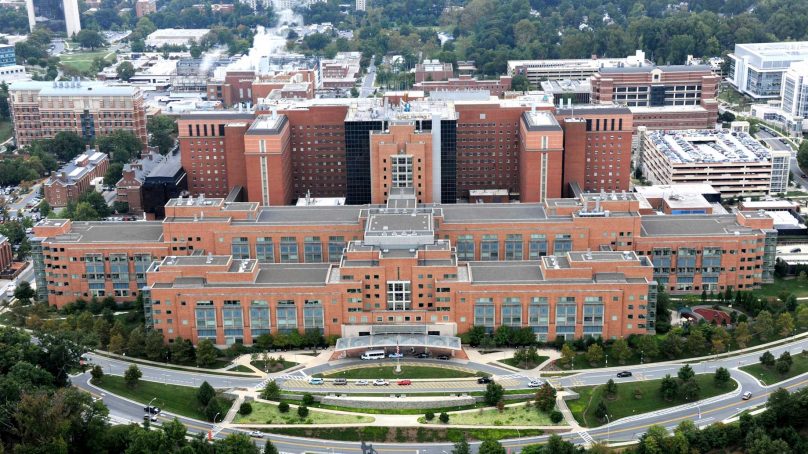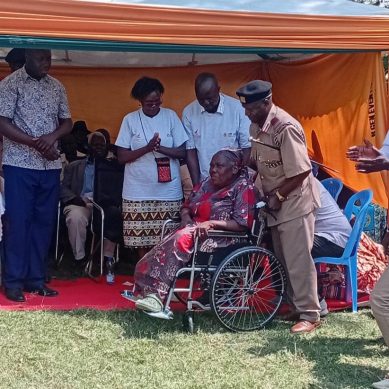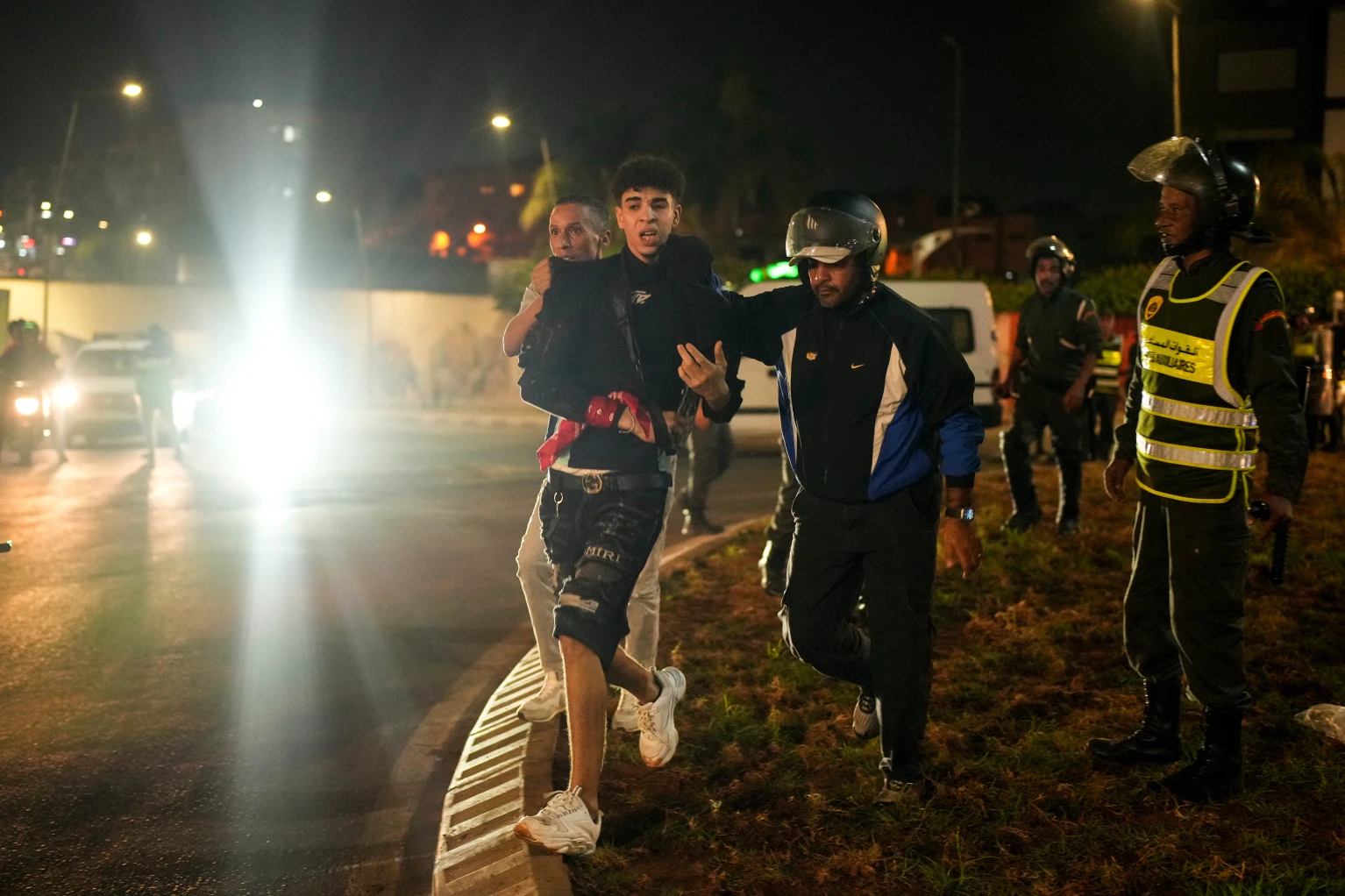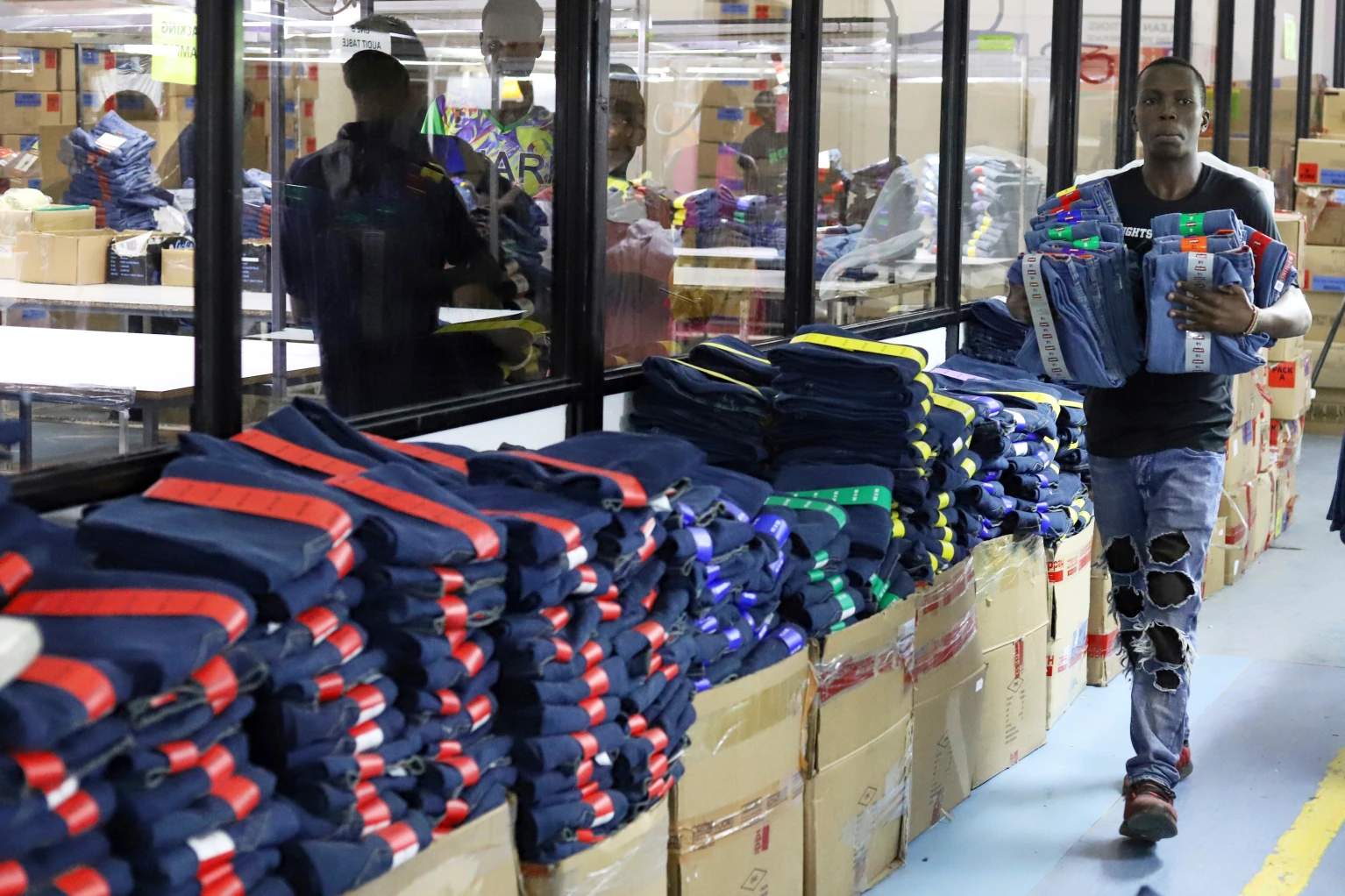
Questions over the biomedical research by China’s Wuhan Institute of Virology arose in May 2016, the emails show, after EcoHealth submitted its second year progress report to National Institutes of Health (HIH) under a five-year grant for a project dubbed, “Understanding the risk of bat coronavirus emergence.”
The report, submitted a month after its original deadline, revealed that EcoHealth’s Chinese partners had already constructed two chimeric SARS-like viruses. EcoHealth then proposed to test the infectivity of those chimeric strains, which their Chinese collaborators had constructed by inserting genes from two newly discovered SARS-like viruses into the backbone, or core structure, of another called WIV-1.
The non-profit also sought to engineer chimeric MERS-like viruses by inserting different wild bat strain spike proteins – a feature that enables the viruses to penetrate and infect host cells – into an infectious clone of MERS that would be engineered in the lab. All of the new work would involve testing the potential infectivity of the mutant MERS-like and SARS-like strains on a variety of animal cells and in mice modified with human genes, according to paperwork submitted by EcoHealth.
Dr Zhengli Shi, the renowned Chinese coronavirus researcher known as the “bat lady,” would lead the experiments in a biosafety level 3 (BSL-3) lab designed to handle dangerous biological agents.
At the time, the White House moratorium explicitly barred federal agencies from funding studies that were anticipated to enhance the pathogenicity or transmissibility of influenza, MERS or SARS viruses in mammals.
The newly proposed work and revelations about the previously constructed chimeras, drew questions from NIAID program officer Erik Stemmy and grants management specialist Jenny Greer, who oversaw Ecohealth’s grant and were responsible for ensuring it complied with the moratorium.
On June 8, 2016, Daszak disclosed in a response letter that the chimeras had been constructed nine months earlier, in September 2015, by combining WIV-1 clones with fragments from two newly discovered coronaviruses that he acknowledged might have spawned SARS, the pathogen that emerged in China in 2002 and killed nearly 800 people. But because the work involved only creating “SARS-like” viruses – not SARS – Daszak contended that researchers felt it “is not subject to the pause.”
He also noted that the primary viral strain used for the chimeras, WIV-1, “has never been demonstrated to infect humans or cause human diseases.”
Daszak cited a 2015 study headed by University of North Carolina (UNC) virologist Ralph Baric that found SARS became less infectious when combined with a WIV-1 spike gene, writing that the research “strongly suggests” that the new chimeric viruses “should not have enhanced pathogenicity in animals.”
Although Daszak’s letter also cited another study published by Baric’s team just three months earlier, he didn’t explicitly point out that researchers concluded the WIV-1 coronavirus cluster “has the ability to directly infect and may undergo limited transmission in human populations.”
Nor did he mention that a spike gene inserted into one of the EcoHealth chimeras came from SHC014 – a novel SARS-like coronavirus that Baric also had used to infect human cells in the study published in 2015. Daszak told Nature magazine at the time that Baric’s findings on SHC014 “move this virus from a candidate emerging pathogen to a clear and present danger.”
EcoHealth’s letter to NIH also downplayed the potential risks of the proposed MERS-like chimeras, contending they were so molecularly distant from the known deadly strain of MERS – a coronavirus with a case-fatality of about 35 percent – that it would be “highly unlikely” that they “would have any pathogenic potential.”
To address safety concerns for the proposed work, Daszak pledged that if any of the chimeric strains showed increased pathogenicity, researchers would ”immediately stop all experiments” and notify the NIH.
After reviewing EcoHealth’s response letter, Stemmy flagged an apparent discrepancy: it stated the internal biosafety committee (IBC) at UNC used by Baric would serve as the oversight body for the experiments, even though the work was proposed to take place at the Wuhan lab. Stemmy emailed Daszak for an explanation.
“Can you clarify where this work will actually be performed,” Stemmy asked.
Daszak replied that oversight for the project would come from the IBC at the Wuhan lab, saying the reference to UNC was “a clerical error.” And, as the project’s principal investigator, Daszak assured Stemmy he would immediately be notified should researchers observe enhanced growth in any of the chimeric viruses – and, in turn, he would notify NIAID.
In a June 30, 2016 email, Stemmy recapped the proposed work and relayed Daszak’s assurances to more than a dozen of his NIH colleagues on the review committee, asking the group to share “any concerns.”
Five days later, after he sent a reminder email to the group, Linda Lambert, chief of the Respiratory Diseases Branch at NIAID’s Division of Microbiology and Infectious Diseases, responded directly to Stemmy that she’d read Daszak’s response letter and agreed that the SARS-like clones were “technically not covered by the pause.”
She also wrote that while she believed the proposed MERS experiments were “where the potential for GoF (gain-of-function) lies,” she believed Daszak had “all the right stoppages in place if he sees increased” pathogenicity or transmissibility.
Lambert then emailed the full group: “Read Daszak’s response. Good to see the correction that it will be the Wuhan IBC where the work will be done/IBC oversight. No further comments from me…”
A series of replies followed, rubber-stamping her sentiments.
“I don’t have any concerns,” emailed Teresa Hauguel, a programme officer for the respiratory diseases branch.
“I do not have any concerns either,” wrote David Spiro, chief of the branch’s Viral Respiratory Diseases section
“Concur,” added Irene Glowinski, the deputy director of NIAID’s Division of Microbiology and Infectious Diseases.
- A Tell Media / Adopted from US Right to Know






